The Difference Between Annual and Perennial Plants
Do you know the differences between annual and perennial plants? I’ll share the strengths that each plant type has and how each can benefit your gorgeous garden.
When it comes to growing a vibrant and colorful garden, understanding the differences between annuals and perennials is important.
Growing these two categories of plants in your garden together gives your garden the best of both worlds, giving you long-lasting color in your flower beds for the entire growing season.
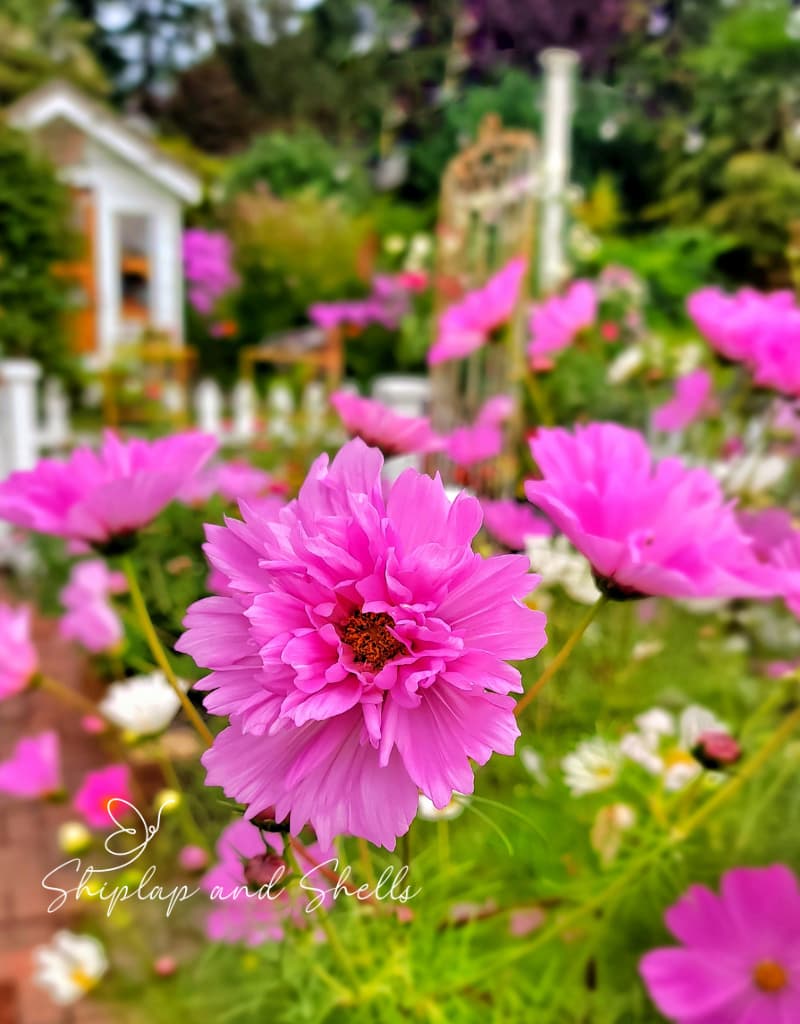
As an Amazon affiliate, I earn from qualifying purchases at no extra cost to you. My blog contains other affiliate links as well for your convenience. Click here to read my privacy policy.
I’m a self-taught hobby gardener, not a Master Gardener. Everything I share with you on my blog is my personal opinion and things that worked for me along the way.
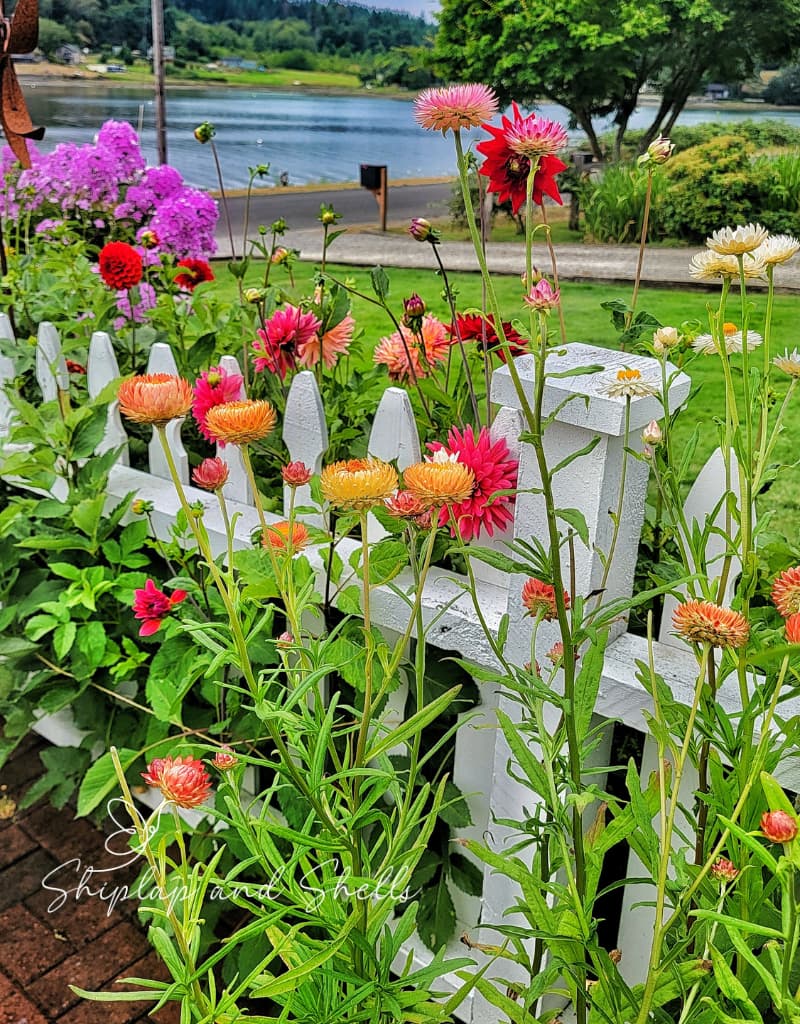
Understanding Annuals and Perennials
Annuals and perennials are two types of plants that have different life cycles and blooming patterns.
They both produce the most beautiful blooms but have key differences that are important to understand when planning what you’ll be growing in your garden.
Annual Flowers
What are Annual Flowers?
When I think of instant gratification and longevity in the garden, summer annuals come to mind.
A common question I get from beginning gardeners is “Do annuals come back every year”?
Annual flowering plants complete their entire life cycle in a single growing season. From seed germination to flowering and setting seed. the entire process occurs within a single year. They put all their energy into developing flowers.
This quick life cycle is what gives annuals the ability to provide that instant bursting of color during their first season.
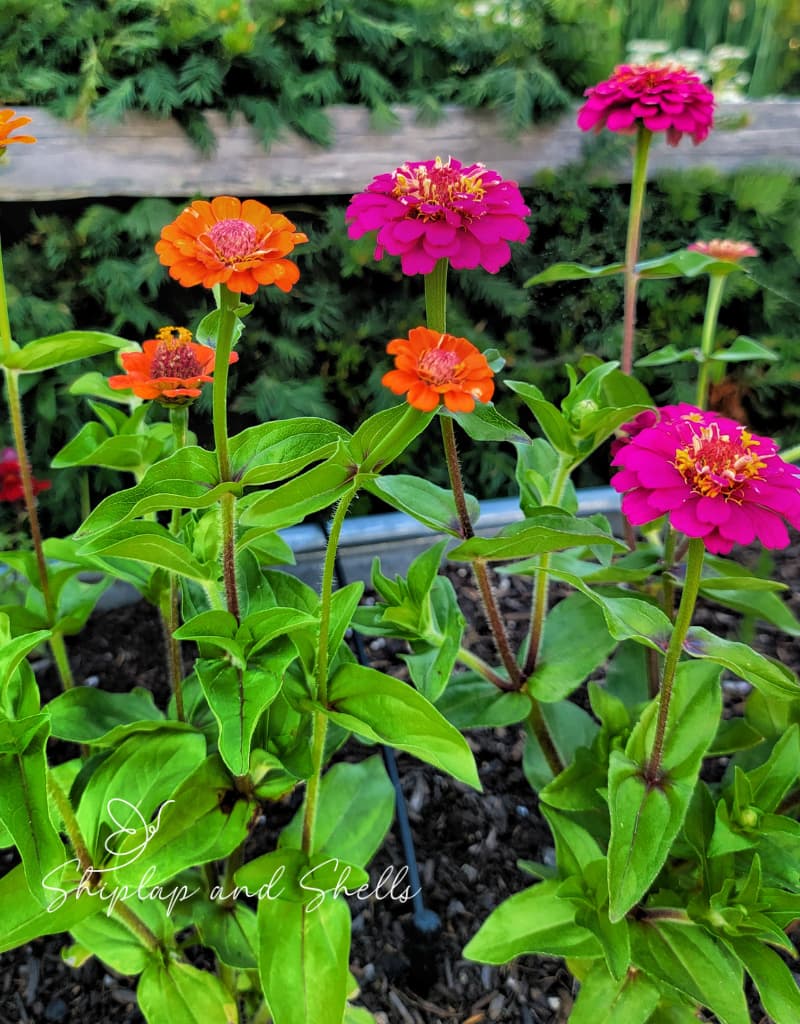
Examples of Annual Plants
Annual plants can be sown from seed or purchased as plants or starts for a blooming head start.
Here are some examples of annual flowers that bloom all summer in most hardiness zones.
These most common annuals thrive in various hardiness zones and add a pop of color to summer gardens.
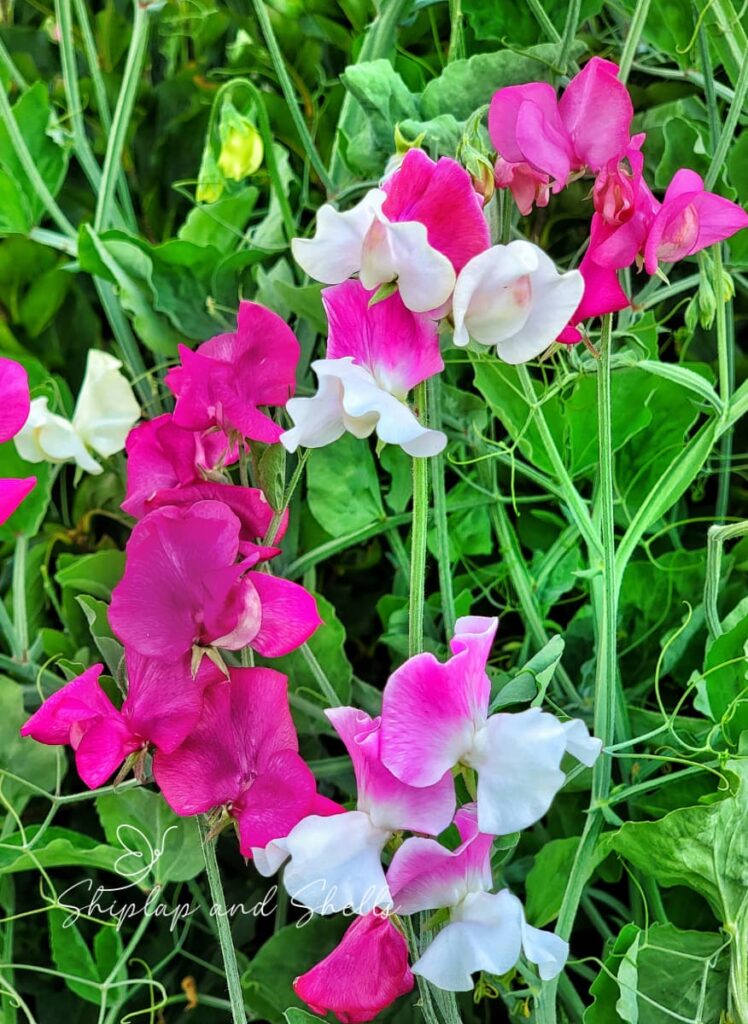
What to Love About an Annual Plant
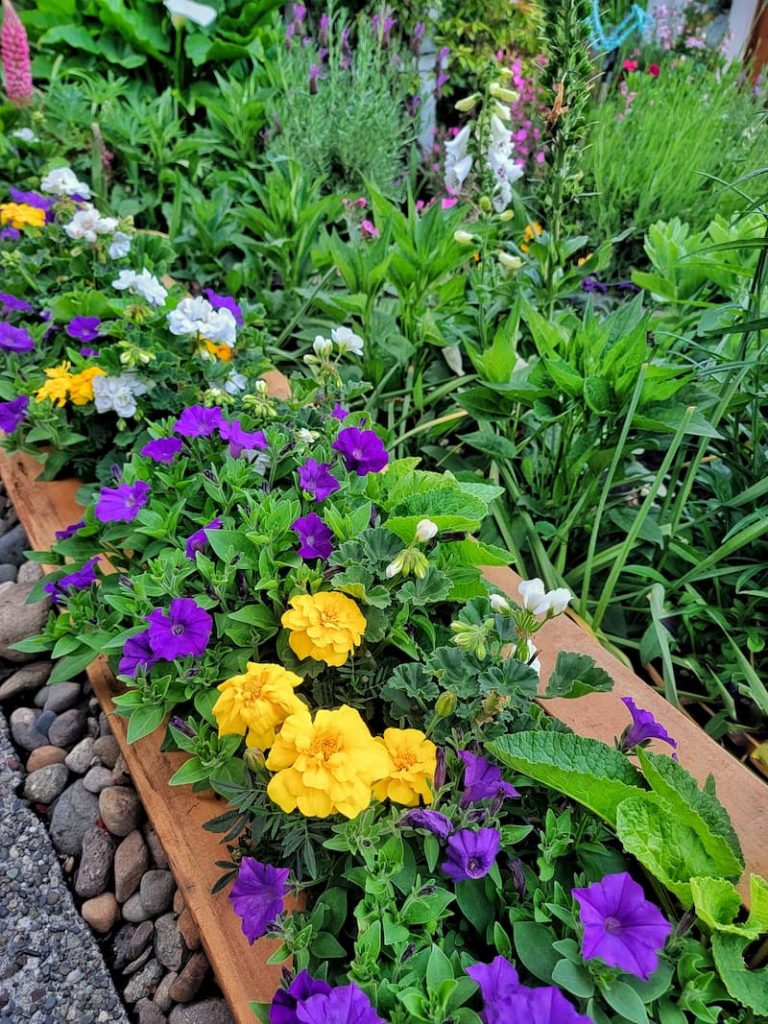
Three Categories of Annuals
Hardy or Cool-Season Annuals
These annuals thrive in the cool to moderate temperatures of early spring and fall and can tolerate exposure to light frost without being protected.
Tender or Warm-Season Annuals
These annuals, native to tropical or subtropical climates, need heat to grow and thrive. Wait to plant in containers or garden beds until late spring to guarantee their survival.
Half-Hardy Annuals
These are the most common types of annuals and tolerate a wide range of temperatures, including cooler weather near the beginning or the end of the gardening season.

Perennial Flowers
What is a Perennial?
Unlike annuals, perennial plants are typically cold-hardy plants that have a longer life cycle and can live for three or more growing seasons. Many of these plants lie dormant during the winter months and come alive again in the following spring.
These plants generally bloom for a shorter period than annuals, and each variety has its blooming season.
Some long-blooming perennials, such as coneflower and black-eyed Susan flowers provide extended periods of colorful blooms throughout the growing season.
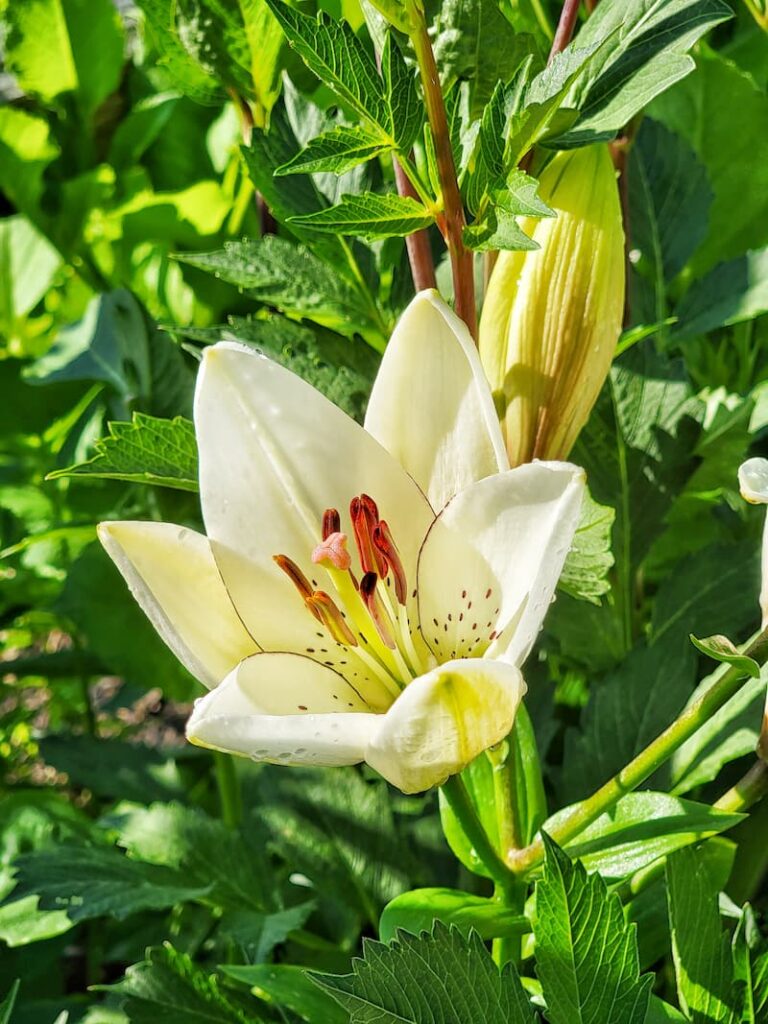
Many perennials are low-maintenance plants but some will benefit from division every few years which will extend the life of the plant for a long time.
In some growing zones, one plant might be a perennial but only grow as an annual in other growing zones.
Most perennials don’t grow as well from seeds as annuals do, so buying potted plants is usually a better bet, which can cost more than seeds.
Examples of Perennial Plants
Here are some examples of annual flowers that bloom all summer.
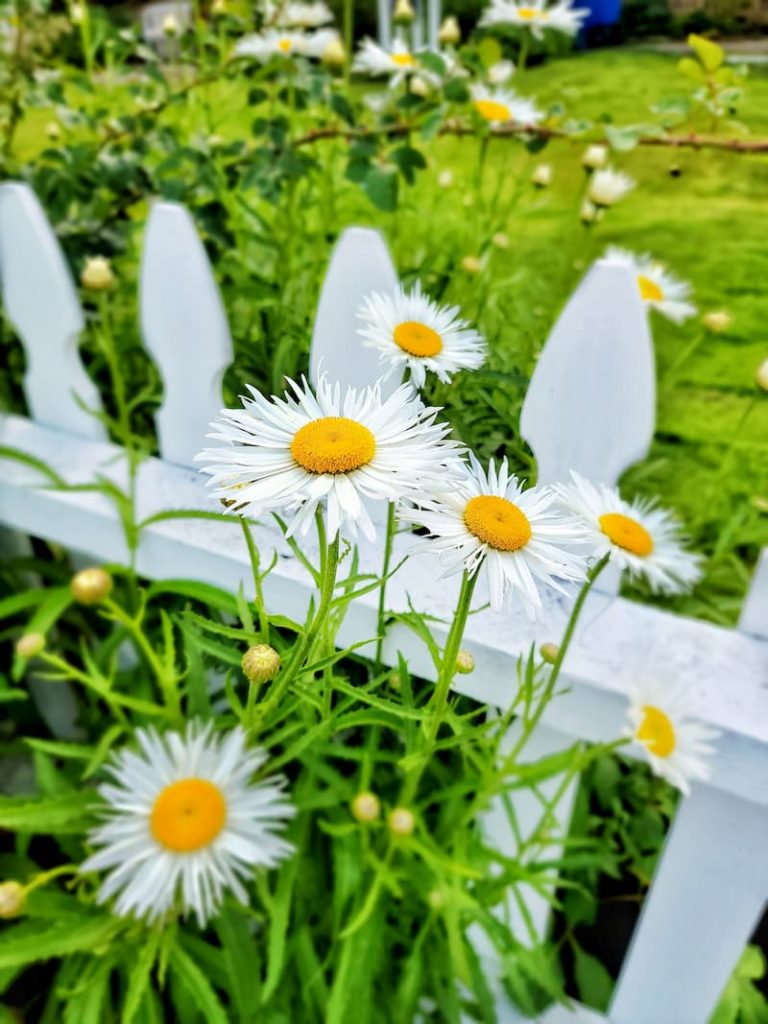
What to Love About Perennials?
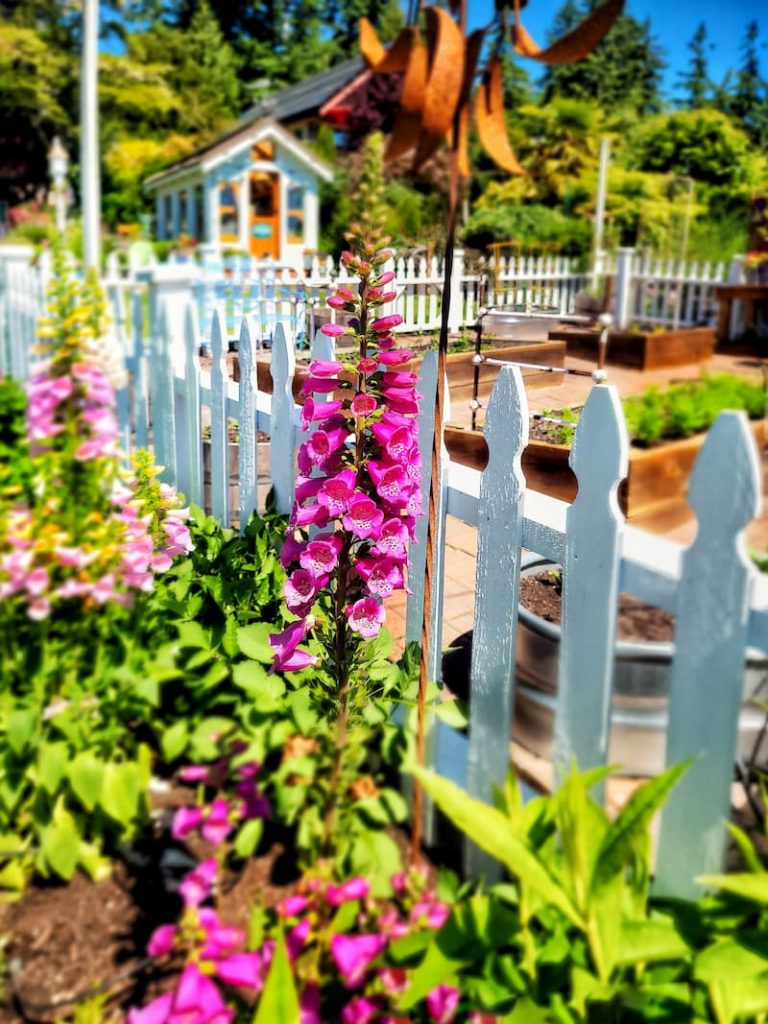
Biennial Plants
In addition to annuals and perennials, there is a third category of plants known as biennials.
Biennials have a longer life cycle, typically spanning two years. These plants take two years to complete their growth cycle before dying and don’t bloom until their second year.
During the first season, biennials grow foliage and store energy. During their second season, they produce flowers, set seeds, and complete their life cycle.
Examples of Biennial Plants
Some examples of biennial plants include…
These plants are a great way to transition between annuals and perennials because they produce beautiful flowers the second year while still needing reseeding or replanting to continue to grow in the garden.
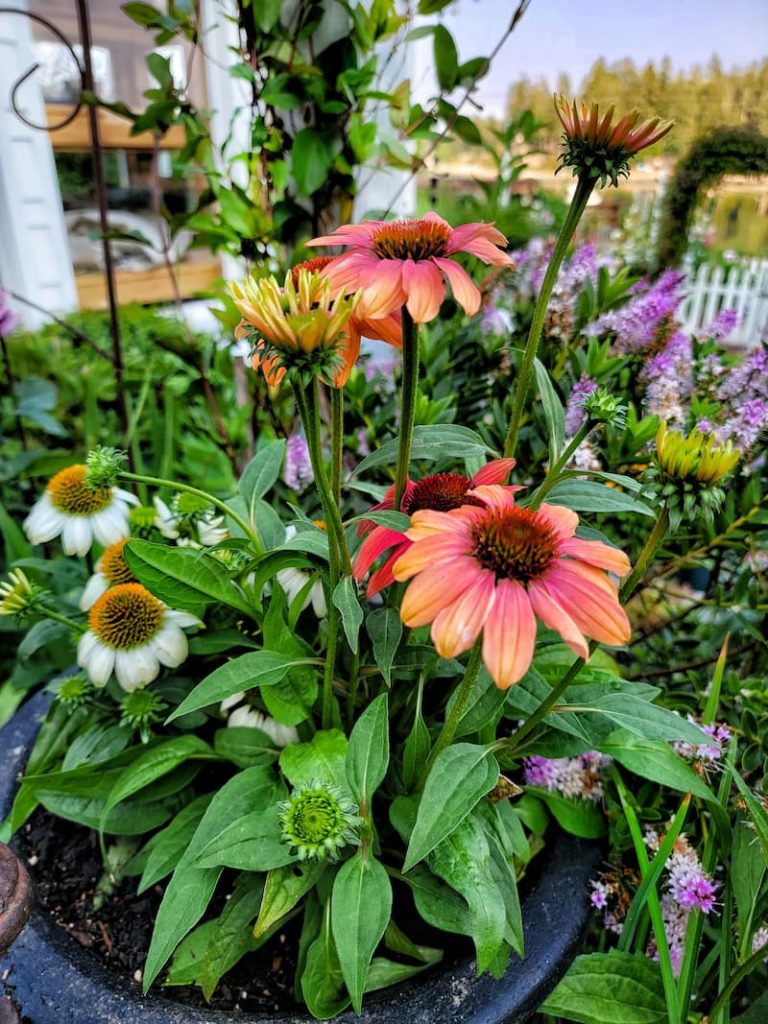
Choosing the Right Plants for Your Garden – Annual Versus Perennial Plants
When planning your garden, it’s important to consider the advantages and benefits of annual or perennial plants and even biennials. Here are some key things to consider when choosing the flowering plants you will be growing.
Instant Color vs. Long-Lasting Beauty
Annuals provide instant beauty and colorful flower beds and containers throughout the entire growing season, while perennials offer longer periods of blooming and return year after year.
Biennials bridge the gap between the two, offering a longer life cycle and stunning displays in the second year.
Life Cycle and Maintenance
A main difference in a flower’s life cycle is that annuals need to be replanted each year, while perennials require less frequent replanting, with most plants coming back for several years. If you regularly divide your perennials, you could have them growing in your garden even longer.
Hardiness Zone
Consider the hardiness zones of the plants you choose to ensure they can withstand the climate conditions in your region.
Variety and Diversity
By combining annuals, perennials, and biennials in your garden, you can enjoy a wider range of colorful blooms and create a stunning flower garden that will evolve over time.
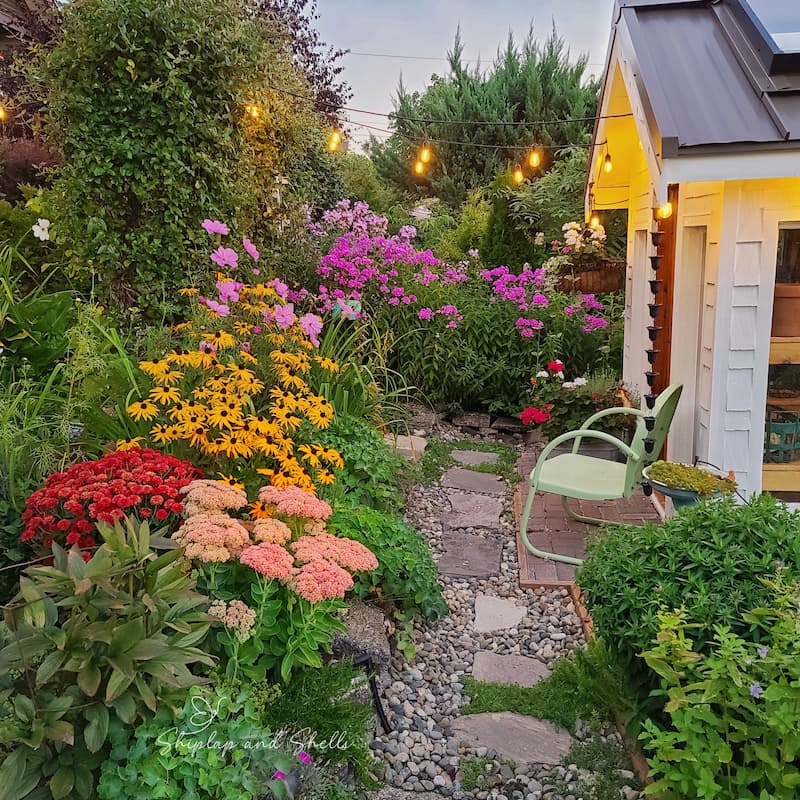
Mixing Annuals and Perennials to Compliment Your Garden
By mixing these plant categories into your garden, you can enjoy a diverse variety of beautiful blooms with continuous color and visual interest.
Whether you’re looking for instant gratification or long-lasting color, there’s a wide range of annuals, perennials, and biennials to choose from to work well with your climate, style, and gardening goals.
With the right combination of annuals and perennials, you can create a stunning garden with vibrant colors, different blooming patterns throughout the seasons, and a gorgeous garden to enjoy for years to come.
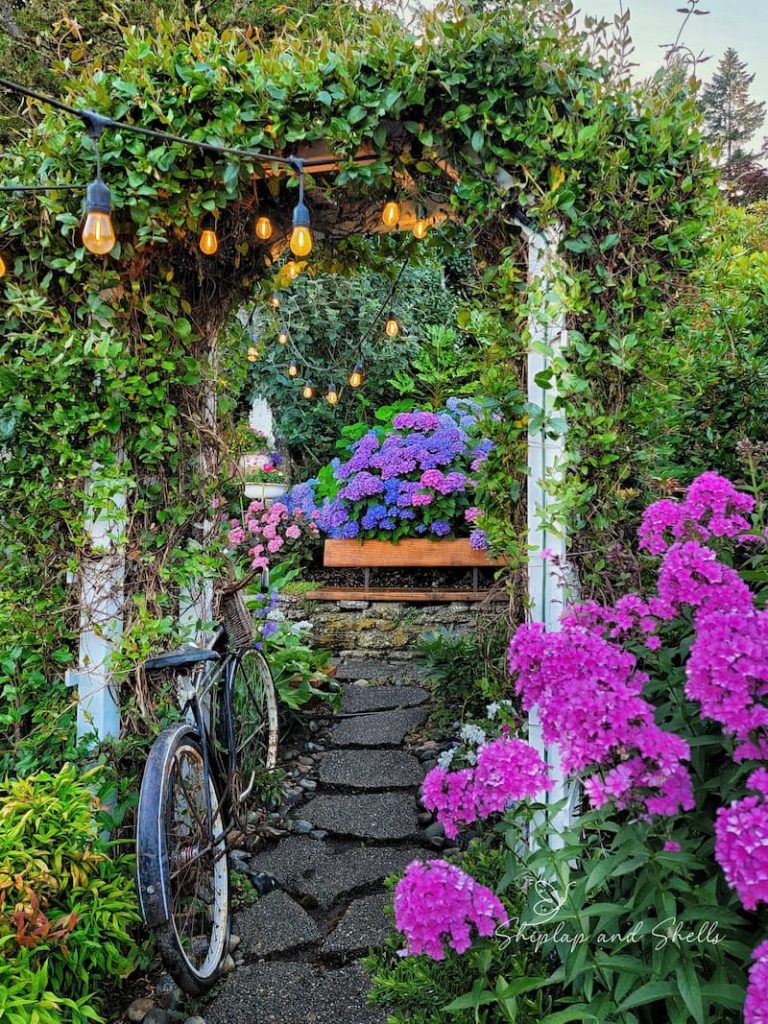
Common Questions Asked About Annuals and Perennials
What Flowers Come Back Every Year, Annuals or Perennials?
Perennials are the type of flowers that come back every year.
They have a life cycle that allows them to survive and return for multiple years, producing flowers and seeds each year.
Perennial flowers have an established root system that remains alive underground during the winter or dormant periods and then regrows and blooms again in the following growing season.
What are Examples of Full Sun Perennial Plants?
Many popular perennials thrive in full sun. Here are some examples.
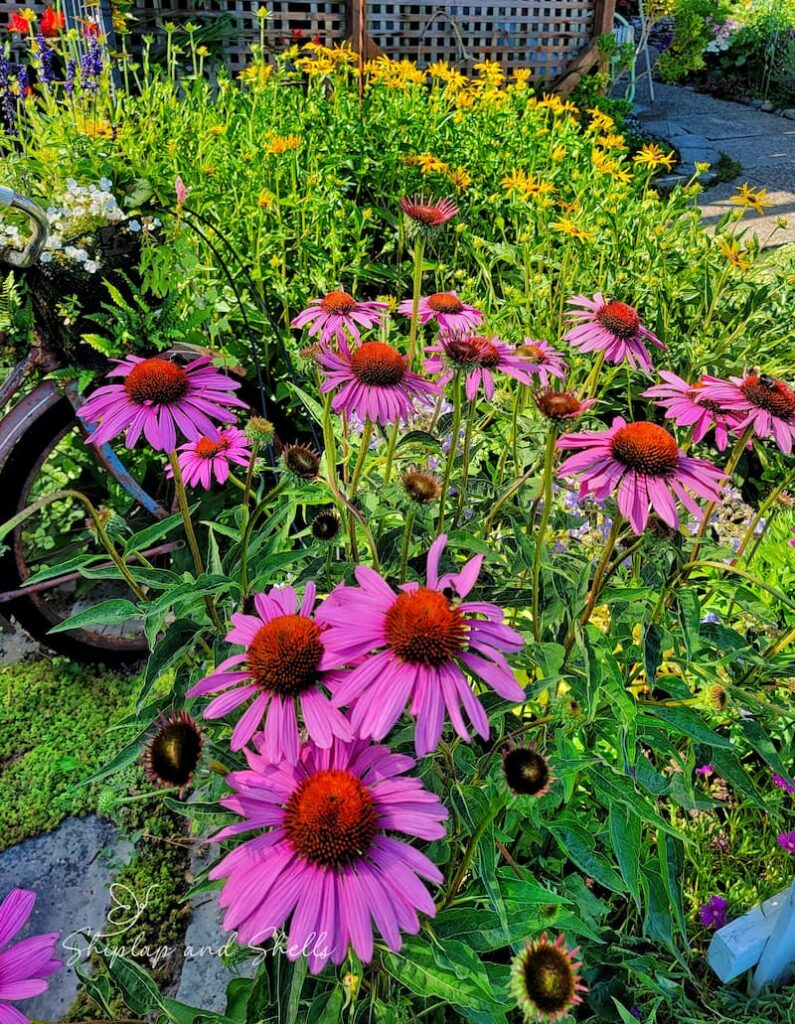
By understanding the differences between true annuals and perennials, you can learn how to combine these types of plants in your garden for a beautiful balance of seasonal interest well through the end of the season.
Annuals provide an opportunity to experiment with a wide variety of colors, shapes, and textures each year. They fill in gaps in the garden while perennial plants establish and grow.
On the other hand, perennials are a reliable constant and bring longevity to your garden, returning year after year with their established roots.
You can’t go wrong with mixing the two of these plants in your garden beds. And remember, you also have an opportunity to play your biennial plants off of annuals and perennials.
If you have any questions or have a message, I’d love to hear from you. Leave a comment below. And be sure to share this blog post link with anyone who may find these gardening tips useful.
Until next time,
Happy Gardening!

Follow Me for More Inspiration
Shop my Amazon Storefront, my LTK sources, and my favorite home decor, garden, and lifestyle products. When you purchase from one of my links, I earn a small commission which helps me to continue sharing all the content you expect on my blog.
Be sure to follow me on Pinterest, Instagram, Facebook, TikTok and LIKEtoKNOW.it. Do you like gardening? Join my Facebook Gardening Tips & Tricks group.

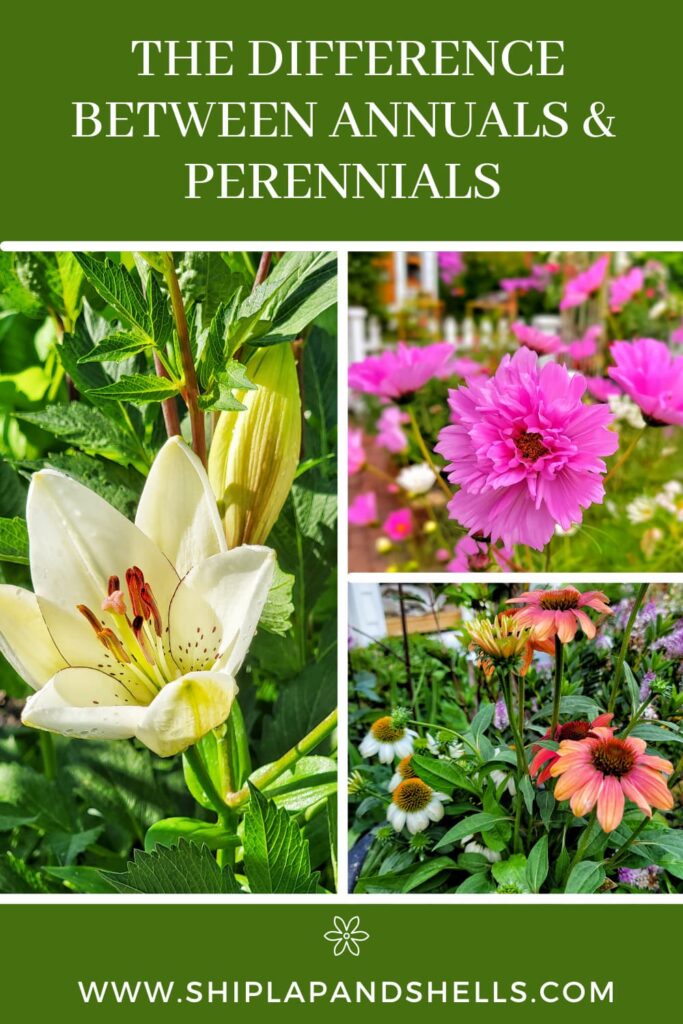

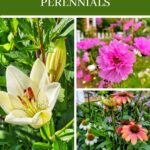
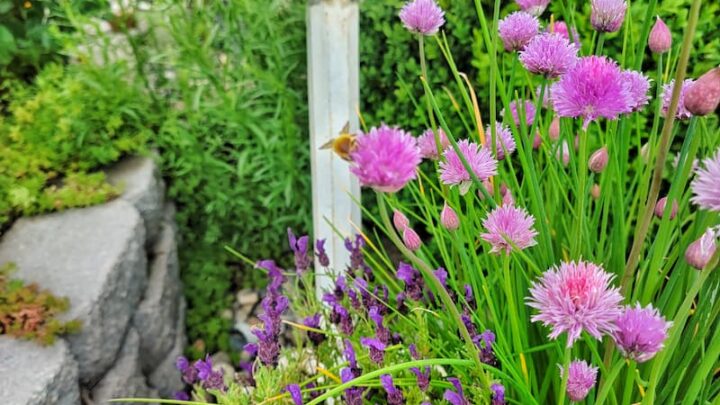
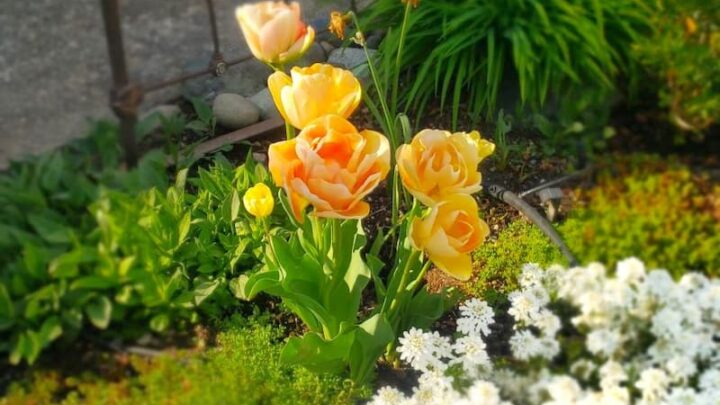
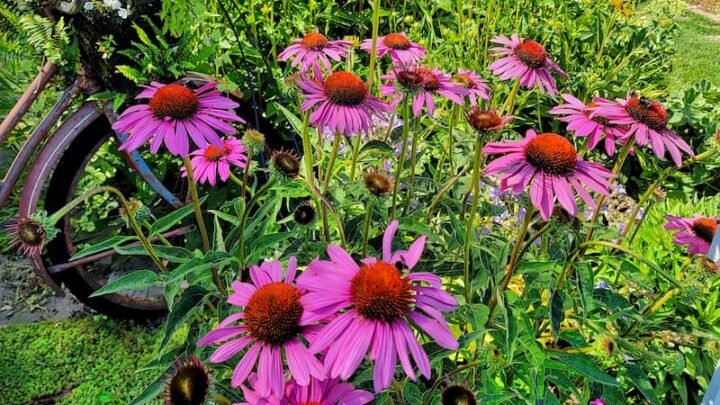
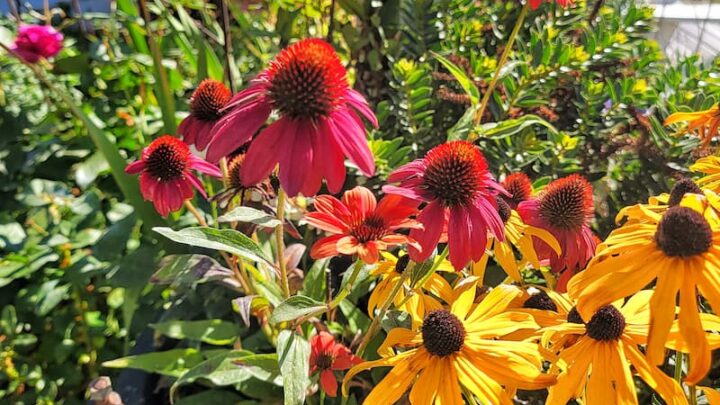
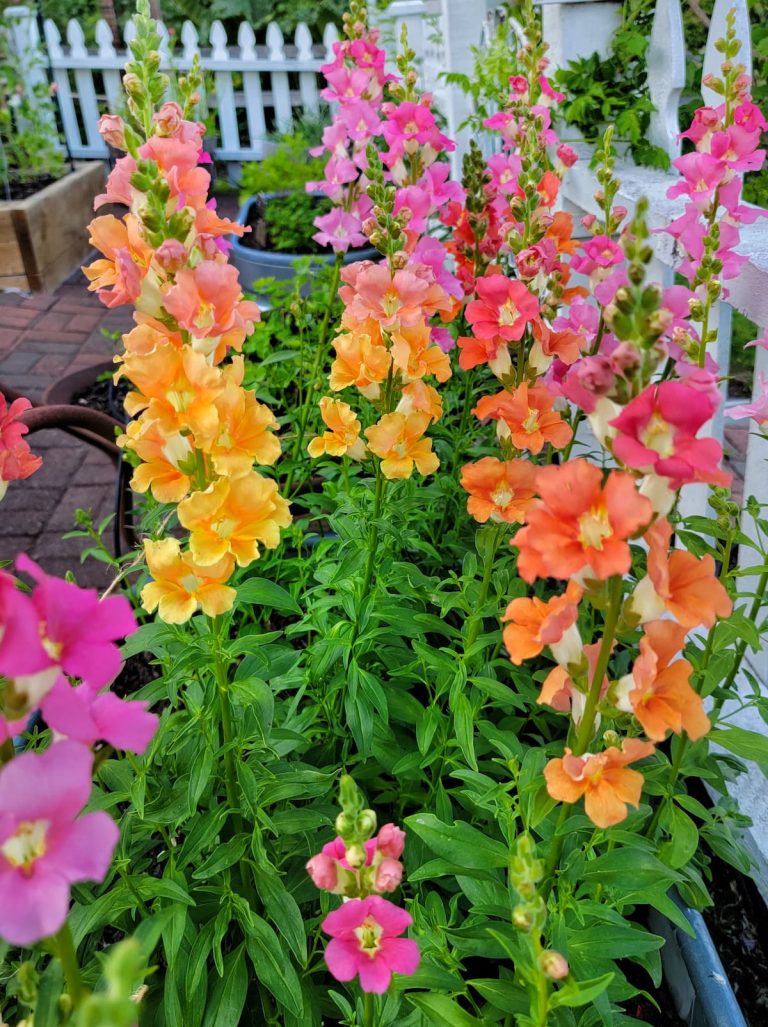
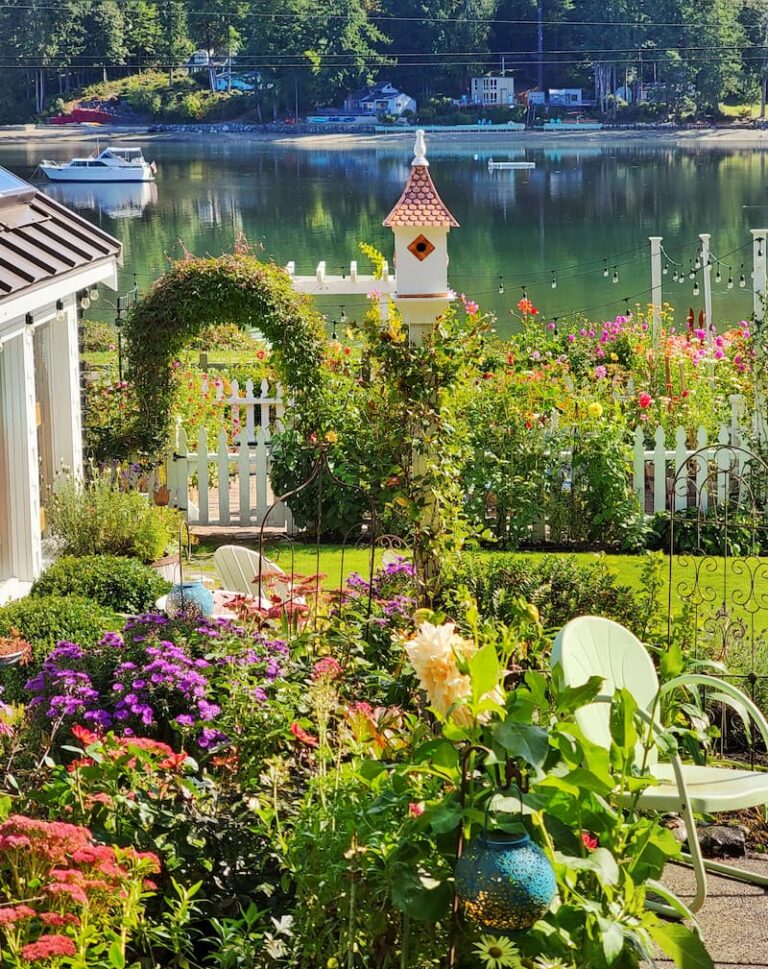
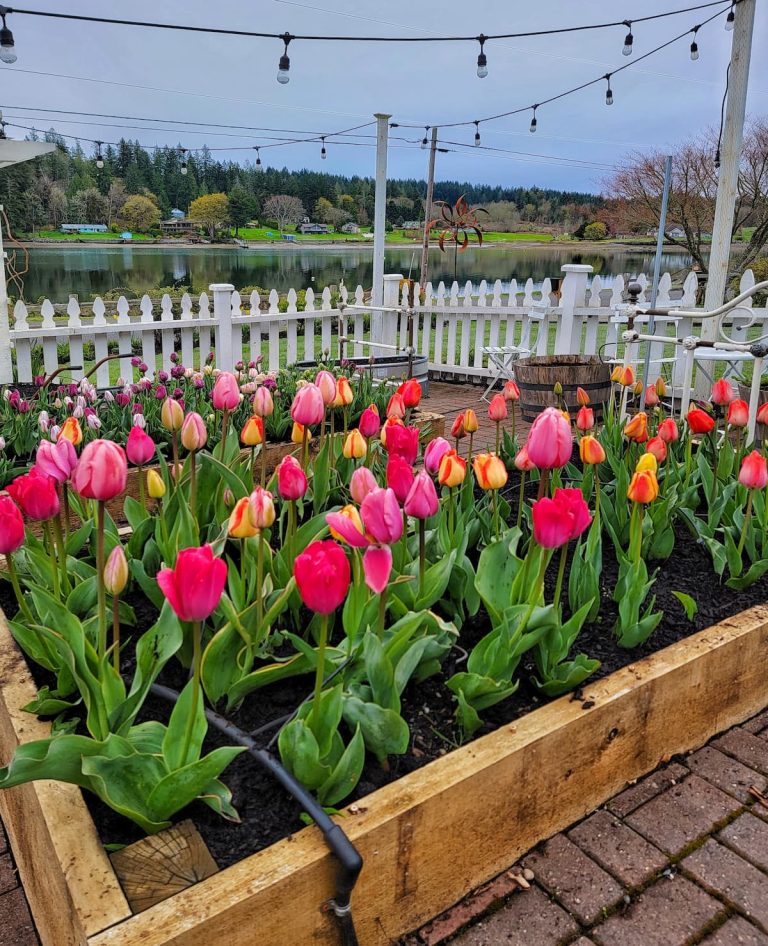
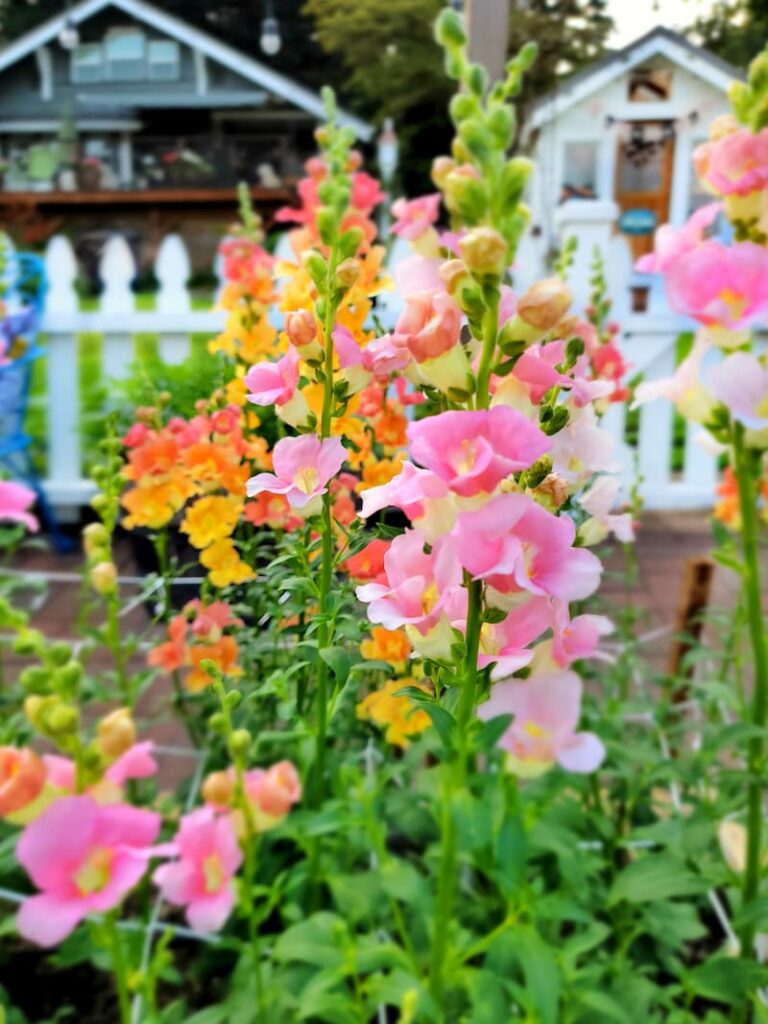
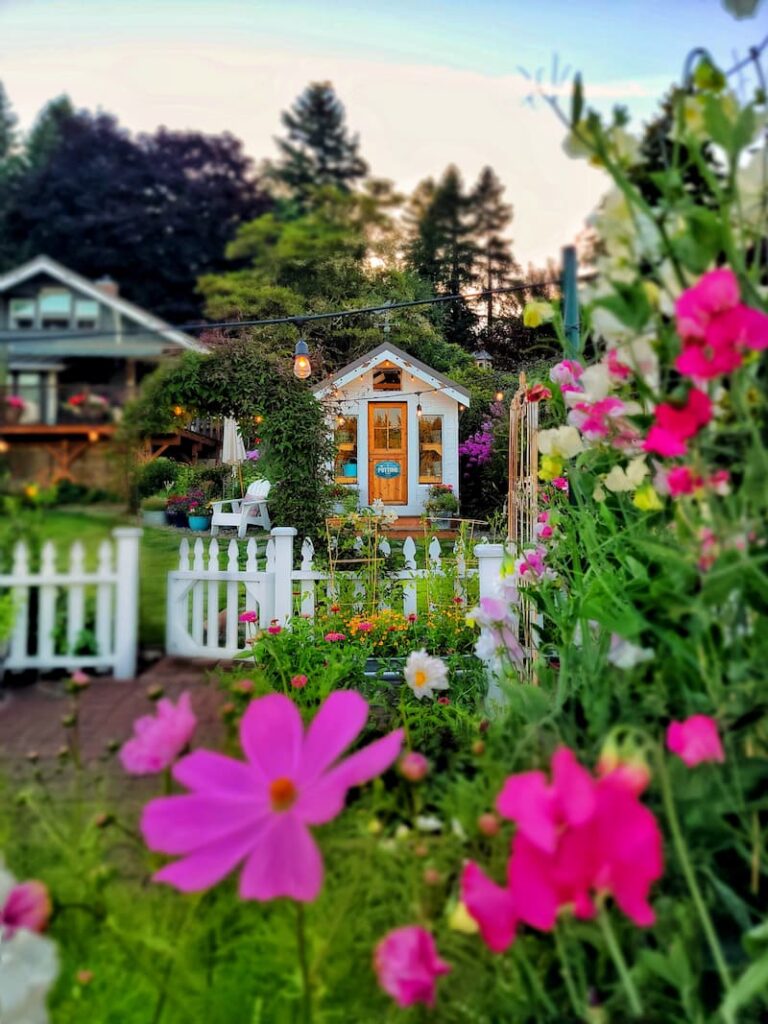
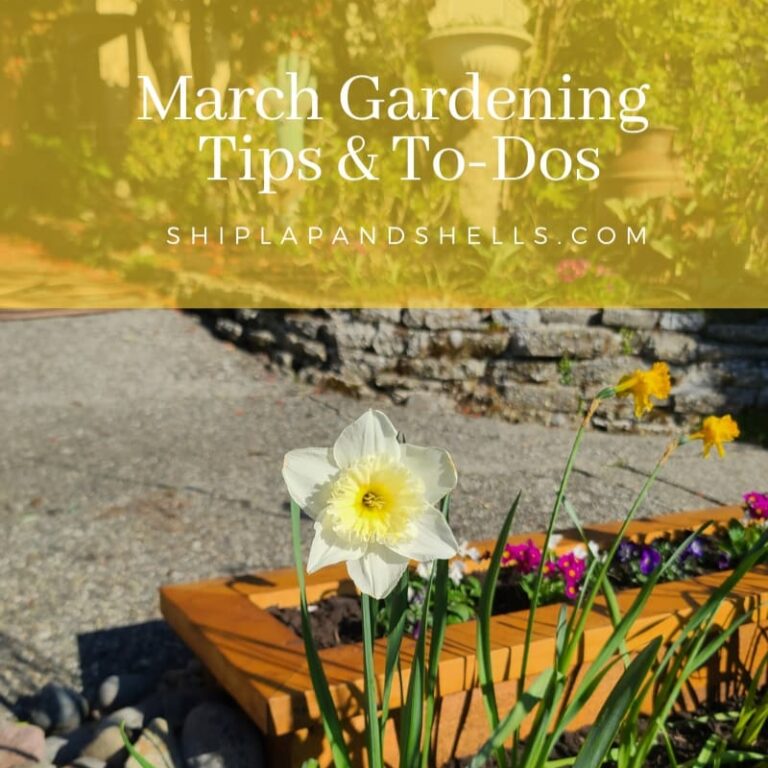
Another great post Kim! I am a huge fan of perennials because the are fairly low maintenance, and it’s always nice to add some annuals to fill in the gaps.
Loving this post! One of my favorite things to do is using containers, I am doing more this year than ever!
Great post! I love using both in my garden too! Thanks for sharing!